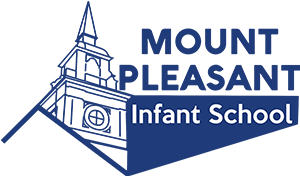Mount Pleasant Schools – Our Text-led Approach to English Teaching
At Mount Pleasant Schools, children will experience a rich and diverse range of literature, representing different authors, illustrators, genres and forms from different times, places and perspectives that will enable them to:
– Become confident, competent and committed independent readers;
– Engage and respond in a variety of ways, with regard to their maturity, preferences and experiences;
– See themselves reflected in what they read and to have high-quality opportunities to investigate and appreciate the lives of others vicariously;
– Explore different ethnic, social and cultural contexts broadening reading experience and building awareness of the world they live in;
– Meet literary challenges with stamina, curiosity and enquiry;
– Develop as inspired, motivated and accomplished writers.
In consideration of this, children’s literary encounters will include:
– Studies of high quality whole and part texts created by long-established and contemporary authors, illustrators and poets representing ethnic diversity, different themes and which invite/promote discussion, speculation, analysis, comparison, response and enjoyment;
– Studies of extracts that invite comparison, highlight possibilities and extend reading experiences and skills;
– Access to high quality illustrations that inform, challenge, engage developing children’s visual literacy (within fiction and information texts);
– Opportunities to compare different versions, forms and authors (through the use of different media where appropriate and relevant).
How?
Specific text choices are made and reviewed for each year group as a basis for the teaching of reading and many aspects of writing.
Specific text choices (to include film, poetry, journals, newspapers, extracts) are made to create the agreed read-aloud/shared reading curriculum for each year group.
Specific text choices are made to enable children to explore values and issues that are relevant to their lives now and in the future through a thematic approach.
Further reading is signposted, beyond the classroom, to enable children to discover and appreciate the relevance and richness of literature.
